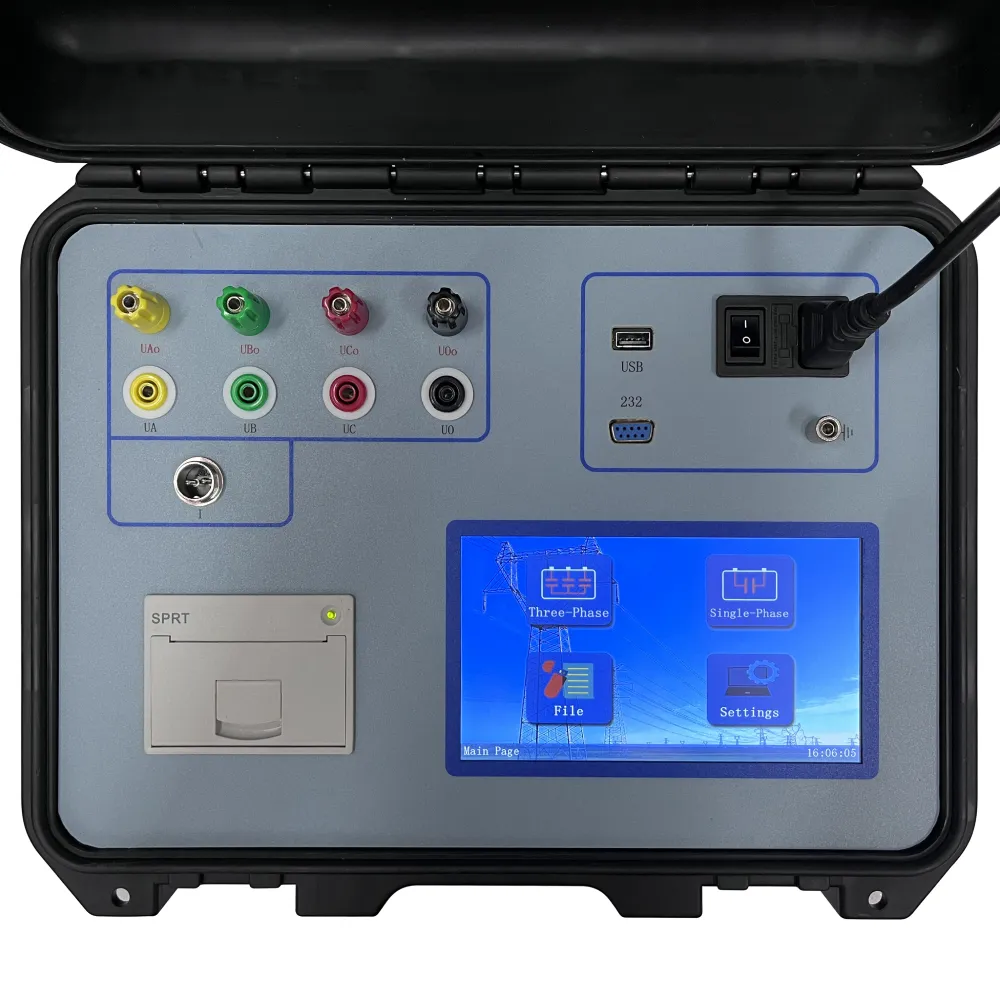 English
English


An Overview of Potentiometric Titration Equipment and Its Applications in Analytical Chemistry
The Importance of Potentiometric Titration Equipment in Analytical Chemistry
Potentiometric titration is a vital analytical technique widely employed in chemistry laboratories to determine the concentration of an unknown analyte. This method exploits the relationship between the potential (voltage) measured by an electrode and the concentration of the ions in solution. As titrations can be complex, potentiometric titration equipment plays a crucial role in enhancing accuracy and precision in quantitative analysis.
At the heart of potentiometric titration equipment lies the pH meter or potentiometric titrator
. Unlike manual titration, which relies on visual indicators that can lead to subjective and inconsistent results, potentiometric titration uses electrodes to provide a more accurate measurement of the reaction progress. The equipment typically consists of a standard laboratory pH meter, a suitable reference electrode, and a glass electrode that responds to hydrogen ion concentrations in the solution.One of the main advantages of using potentiometric titration equipment is its ability to measure potential changes in real time. This allows for more critical observation of the endpoint of the titration, where the reaction between the titrant and analyte is complete. The inflection point in the titration curve can be identified more accurately using this technique than with colorimetric indicators. Consequently, it enables chemists to obtain sharper and more reliable data, particularly in titrations involving colorless solutions or where the endpoint is difficult to discern visually.
potentiometric titration equipment

The equipment is not limited to pH titrations; it is versatile and can be employed for various types of analyses, including redox (oxidation-reduction) titrations. In these analyses, a suitable redox electrode is used to measure the potential changes, helping evaluators to determine the concentration of electron donors or acceptors in a solution. This adaptability makes potentiometric titration equipment indispensable in fields ranging from pharmaceuticals to environmental monitoring.
Moreover, modern potentiometric titration systems often come equipped with software that can automatically analyze data and plot titration curves. These features significantly reduce human error and enhance the processing of results, allowing chemists to focus on interpretation rather than manual calculations. Such automation not only increases efficiency but also makes the technique more accessible to those less experienced in analytical chemistry.
While the equipment is powerful, it is crucial to ensure that the electrodes are properly calibrated and maintained. Calibration needs to be performed regularly to account for drift in readings, which can occur due to various factors such as temperature fluctuations and electrode aging. Additionally, the quality of reagents and the stability of the solutions being analyzed directly affect the reliability of the results obtained during titration.
In conclusion, potentiometric titration equipment is an essential tool in the arsenal of modern analytical chemistry. By providing precise and accurate measurements, it enhances the quality of quantitative analysis and allows for the determination of various analytes across different fields. As technology continues to evolve, we can expect improvements in the design and capabilities of potentiometric titration systems, further solidifying their importance in scientific research and quality control processes. This evolution will undoubtedly lead to more innovative applications in both academic and industrial settings, fostering advances in chemistry and related disciplines.
-
Differences between open cup flash point tester and closed cup flash point testerNewsOct.31,2024
-
The Reliable Load Tap ChangerNewsOct.23,2024
-
The Essential Guide to Hipot TestersNewsOct.23,2024
-
The Digital Insulation TesterNewsOct.23,2024
-
The Best Earth Loop Impedance Tester for SaleNewsOct.23,2024
-
Tan Delta Tester--The Essential Tool for Electrical Insulation TestingNewsOct.23,2024





